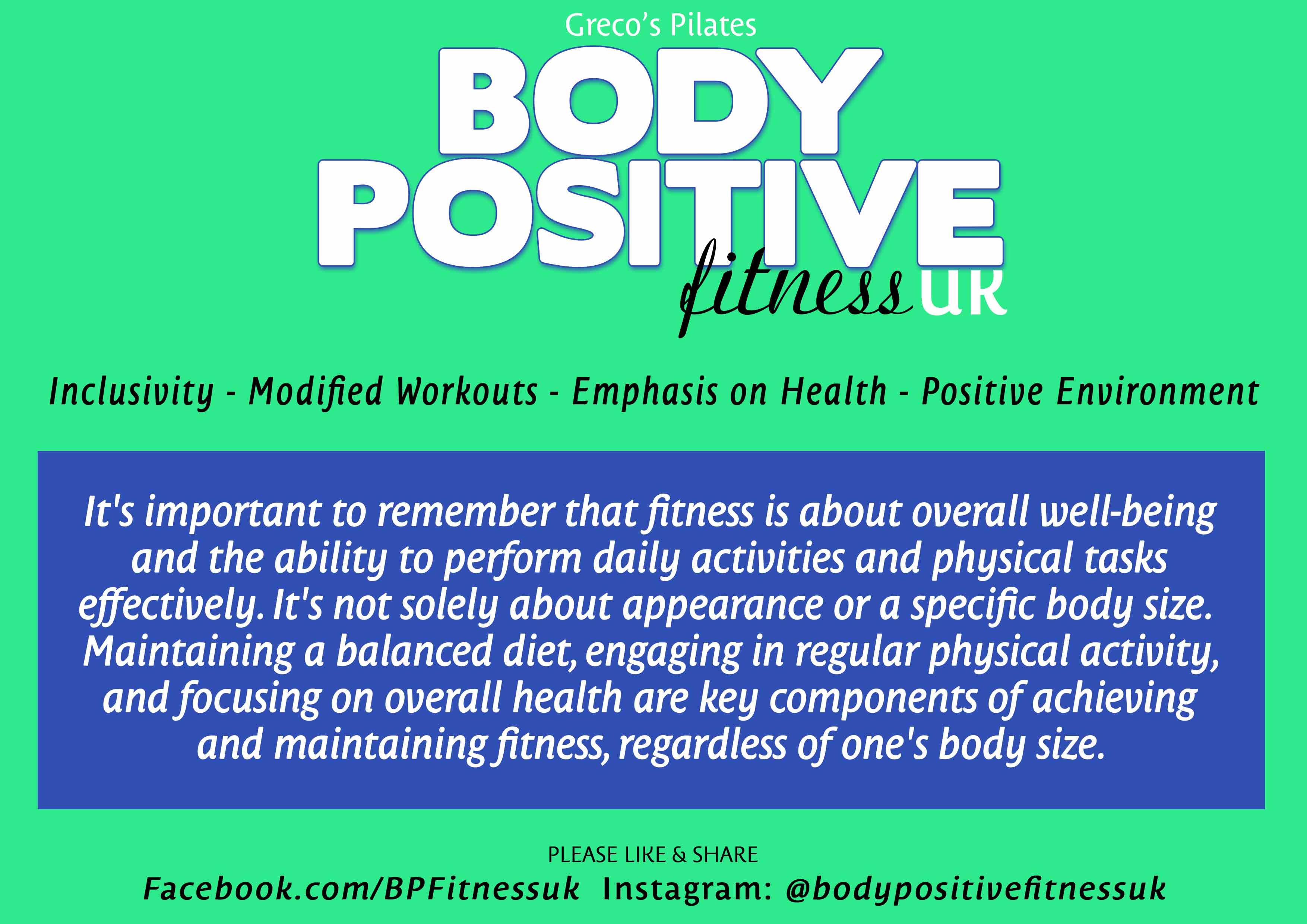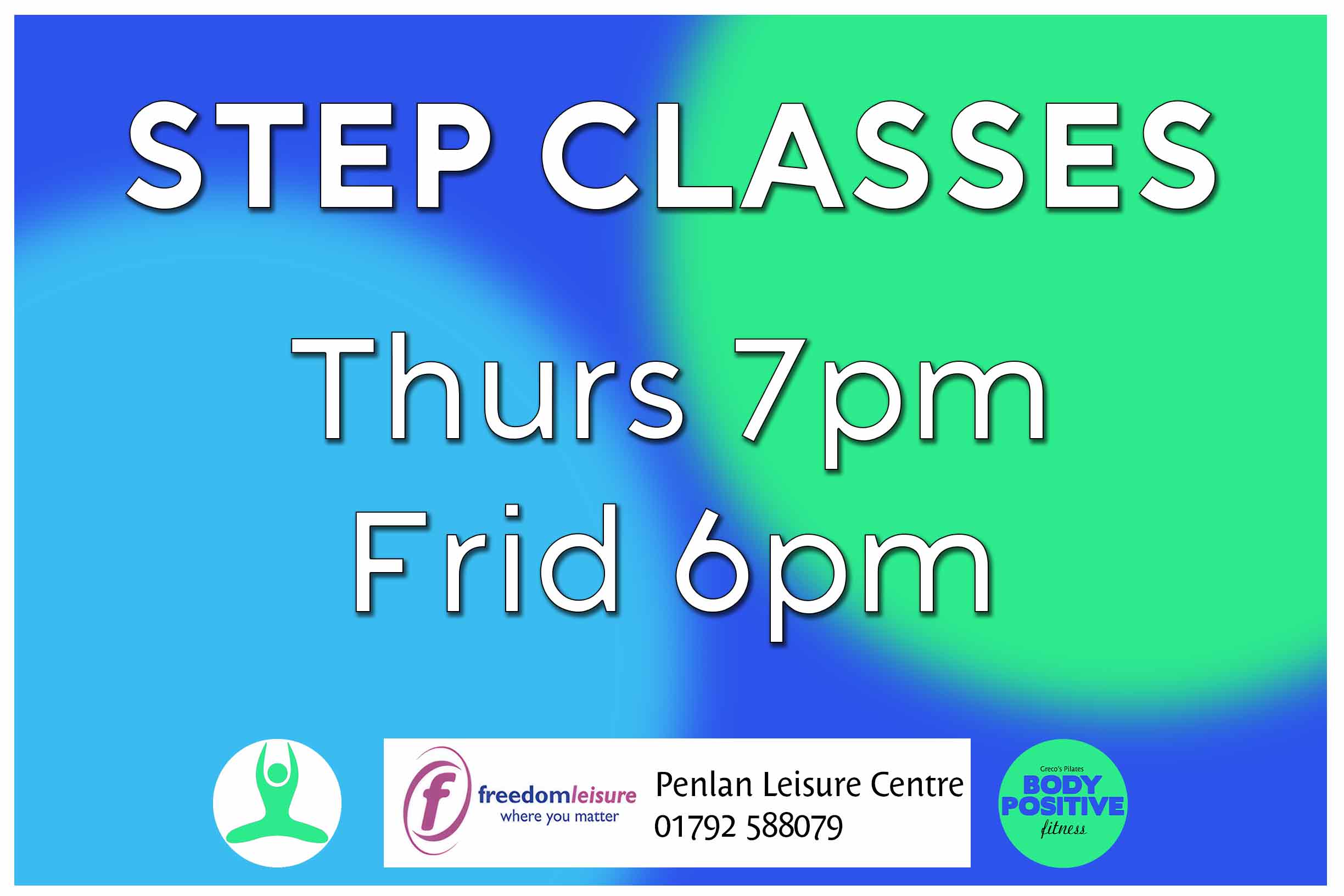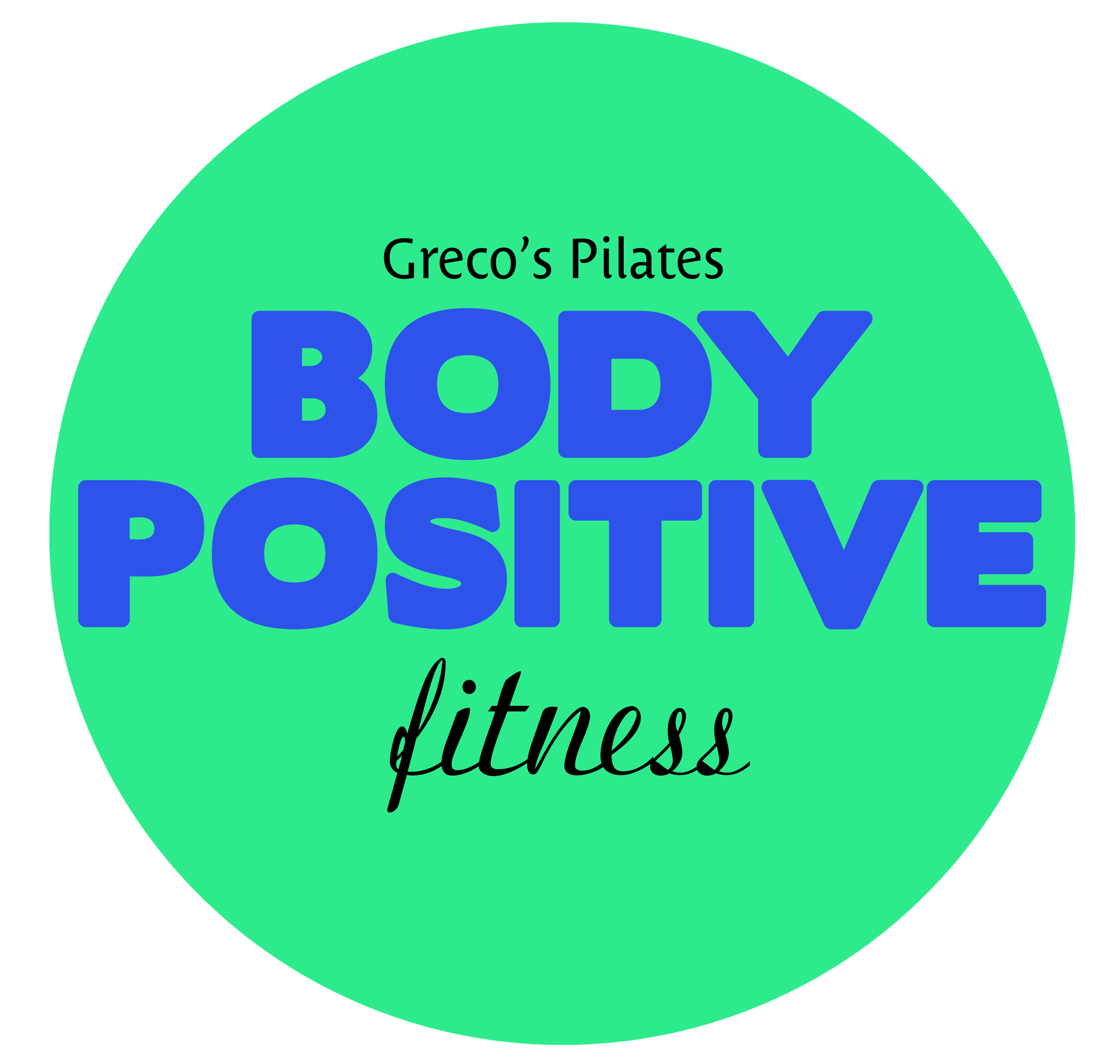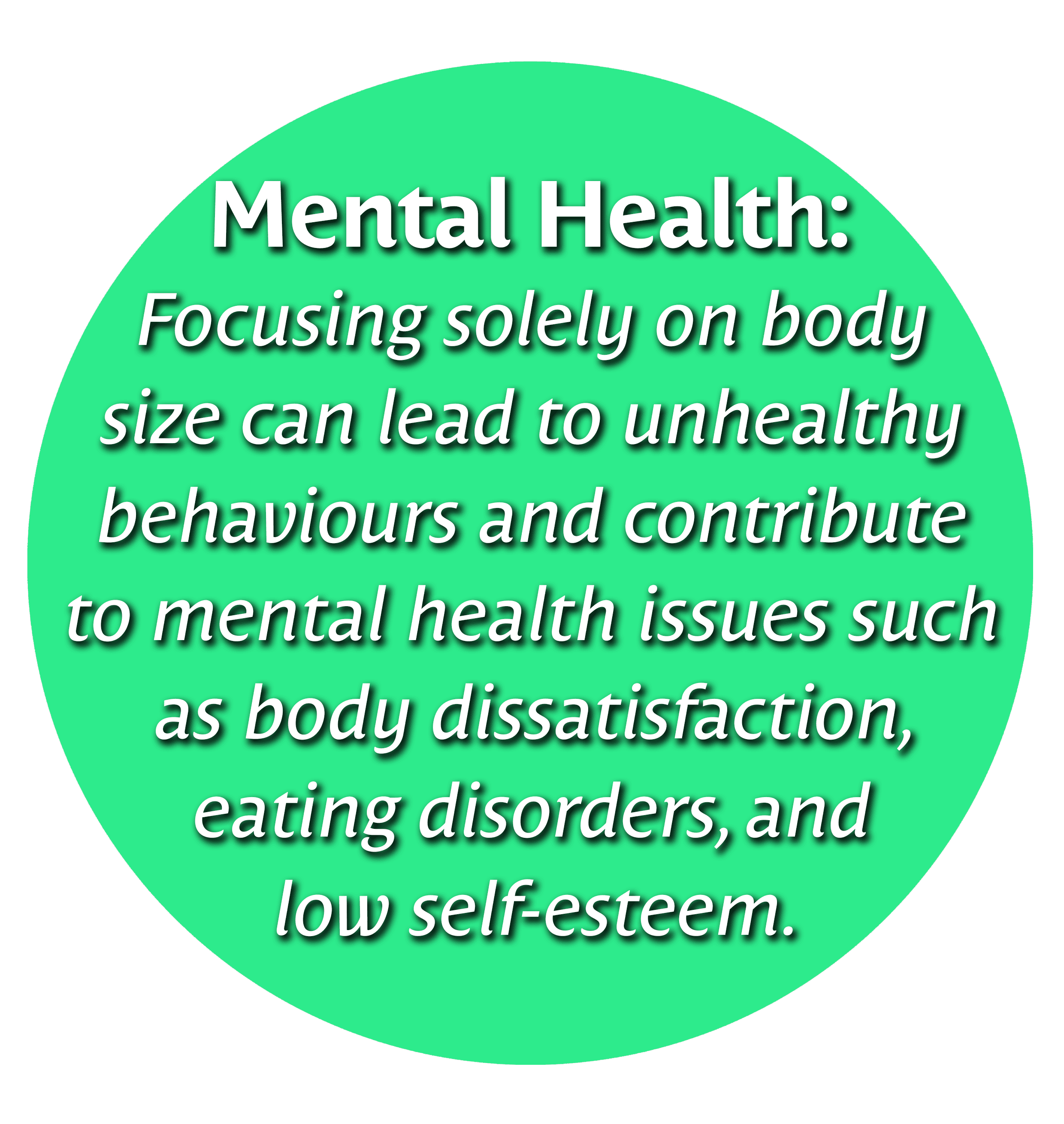Body Positive Fitness Uk
Body Positive Fitness.
“Body-Positive” or “inclusive” fitness classes, are designed to create a safe and supportive environment for individuals with larger bodies to engage in physical activity and pursue their fitness goals. These classes focus on providing a welcoming space that promotes health and well-being without judgment or body shaming. Here are some key aspects of larger bodies fitness classes:
Inclusivity: These classes are open to individuals of all sizes, shapes, and fitness levels. They aim to make everyone feel comfortable and accepted, regardless of their body size.
Modified Workouts: Instructors often provide modified versions of exercises to accommodate various fitness levels and abilities. This ensures that participants can engage in the workouts without feeling overwhelmed or discouraged.

Emphasis on Health: The focus is on promoting overall health and well-being rather than solely on weight loss or appearance. The classes emphasize the importance of cardiovascular fitness, strength, flexibility, and mental well-being.
Positive Environment: Larger bodies fitness classes prioritize creating a positive and affirming atmosphere. Participants are encouraged to celebrate their bodies and achievements, fostering a sense of self-acceptance and self-confidence.
No Body Shaming: Instructors and participants alike are committed to avoiding any form of body shaming or negative comments. The classes aim to challenge societal stereotypes and promote body positivity.
Supportive Community: These classes often foster a sense of community among participants. The shared experience of working toward fitness goals in a judgment-free zone can lead to meaningful connections and friendships.
Education and Empowerment: Instructors may provide educational content on topics such as body image, self-care, and nutrition, helping participants make informed decisions about their health.
Variety of Activities: Larger bodies fitness classes may include a variety of activities, such as low-impact aerobics, strength training, yoga, dance, and more. This variety keeps the classes engaging and enjoyable.
Inclusive Language: Instructors use inclusive language that avoids assumptions about body size and promotes a positive body image.
Respectful Approach: Fitness professionals leading these classes are trained to approach larger bodies fitness with sensitivity and respect, recognizing that each participant’s journey is unique.
Participating in larger bodies fitness classes can provide a supportive and empowering environment for individuals who may have felt excluded or uncomfortable in traditional fitness settings. These classes can contribute to improved physical health, mental well-being, and a positive relationship with exercise and one’s own body. If you’re interested in joining such a class, look for fitness centers, community centers, or online platforms that offer body-positive fitness options.
Social Benefits of working out in a group class
Participating in group workout classes can offer a range of social benefits that contribute to a more enjoyable and motivating fitness experience. Here are some of the social advantages of working out in a group class:
Sense of Community: Group workouts foster a sense of belonging and community. Sharing a common goal and working together toward fitness objectives can create a supportive and encouraging environment.
Motivation: Exercising in a group setting can boost motivation. The energy and enthusiasm of fellow participants, as well as the guidance of an instructor, can inspire you to push yourself harder and stay committed to your fitness routine.
Accountability: When you’re part of a group, there’s a sense of accountability. Others notice when you’re absent, which can help you stay consistent and committed to attending classes.
Variety and Fun: Group classes often offer a variety of workouts, which can keep your fitness routine interesting and engaging. The fun and dynamic atmosphere of group settings can make exercise feel less like a chore and more like an enjoyable activity.
Social Interaction: Group workouts provide an opportunity to meet and connect with like-minded individuals who share similar fitness interests. This social interaction can lead to new friendships and a broader social circle.
Reduced Boredom: Group classes can help alleviate the boredom that sometimes accompanies solo workouts. The group environment keeps you engaged and focused on the exercise, making the time pass quickly.
Peer Support: Encouragement and support from classmates can help you overcome challenges and push through difficult moments during the workout.
Positive Peer Pressure: Working out with others can create positive peer pressure. You may feel more motivated to put in your best effort when you see others doing the same.
Learning Opportunities: Instructors in group classes often provide guidance on proper form, technique, and exercise modifications. This learning can enhance your fitness knowledge and help you exercise safely.
Mental Health Benefits: Engaging in group exercise can have positive effects on mental health. The camaraderie and shared experience can reduce feelings of isolation and boost mood.
Healthy Competition: Friendly competition within the group can spur you to challenge yourself and set new fitness goals.
Structured Routine: Group classes offer a structured routine with set class times, helping you establish a regular exercise schedule.
Shared Achievement: Celebrating achievements and milestones with your classmates can enhance your sense of accomplishment.
Diverse Perspectives: Group classes bring together people from different backgrounds and experiences, allowing you to gain insights and perspectives you might not encounter in your usual social circles.
Overall, participating in group workout classes can create a positive and supportive environment that enhances your fitness journey and contributes to your overall well-being.
Thin is fit.
The concept that “thin is fit” is a common belief that associates thinness with physical health and fitness. However, it’s important to note that this belief is a simplistic and often inaccurate representation of health. Health and fitness are complex and multifaceted aspects that cannot be solely determined by body size or weight. Here are a few points to consider:
Body Diversity: Bodies come in a wide range of shapes and sizes, and health looks different for different individuals. What is considered a healthy weight for one person might not be the same for another. Genetic factors, metabolism, and overall body composition all play a role.
Physical Fitness: Fitness involves cardiovascular health, muscle strength, flexibility, and overall physical function. A person can be thin but lack physical fitness, just as a person of higher weight can be physically fit and active.
Mental Health: Focusing solely on body size can lead to unhealthy behaviours and contribute to mental health issues such as body dissatisfaction, eating disorders, and low self-esteem.
Nutrition: Health is also influenced by the quality of the diet, rather than just the quantity of food consumed. Nutrient intake, balanced meals, and hydration are important aspects of overall well-being.
Lifestyle Habits: A sedentary lifestyle and poor habits (regardless of body size) can contribute to health issues. Being active, getting enough sleep, managing stress, and avoiding harmful habits (like smoking) are crucial for health.
Medical Conditions: Some individuals may have medical conditions that affect their weight or appearance but have little impact on their overall health.
It’s important to shift the focus from body size alone to overall well-being, which includes physical, mental, and emotional health. A holistic approach to health involves adopting sustainable habits that promote overall wellness and vitality, rather than aiming for a specific body size or appearance. Always consult with healthcare professionals for personalized advice on health, fitness, and nutrition.




